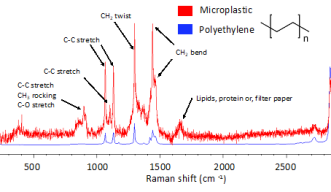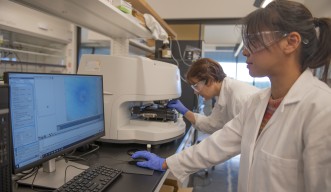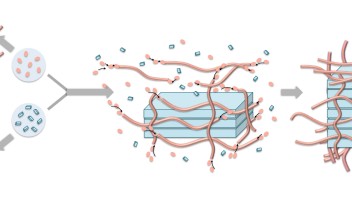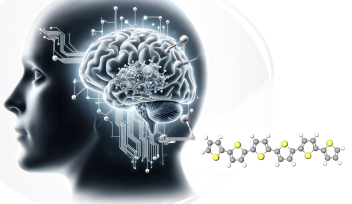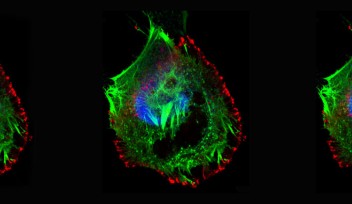OIST scientists track microplastics in Okinawa’s sea creatures
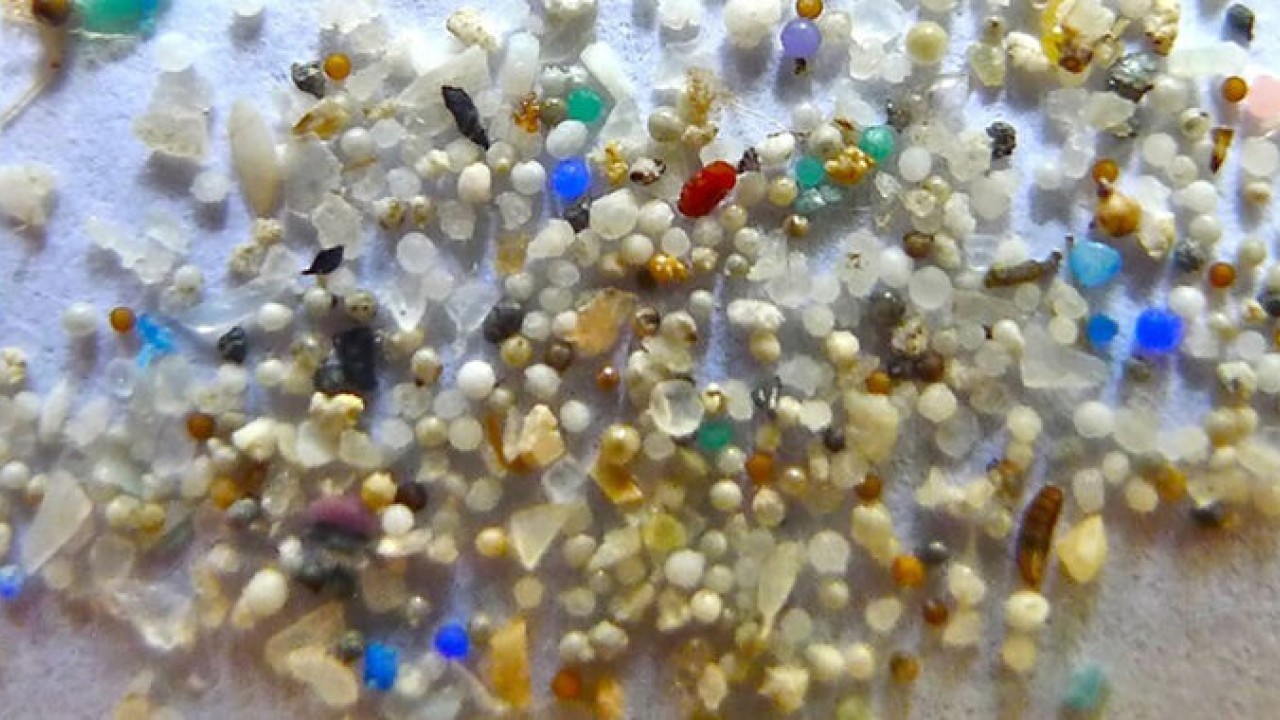
Our modern society is one built on plastic. In a little over a century, these synthetic polymers have transformed every sector of society, from food and health to transport and construction. But once discarded, plastic waste lingers in the environment, fragmenting over time into tiny pieces, smaller than 5 millimeters, called microplastics.
Although small in size, the pollution microplastics cause can have huge ramifications. In recent years, scientists have been working on measuring the extent of microplastic pollution, with sobering results. Microplastics have been found in the furthest flung regions of our planet, in our food and water, and even in human breastmilk and the placenta of unborn babies. These particles can carry chemicals that cause developmental disorders and could have serious health implications for many organisms, including humans.
Professor Christine Luscombe, a Professor at the Okinawa Institute of Science and Technology (OIST), is one of many scientists trying to understand the magnitude of the problem. Using cutting-edge technology, her work has provided some of the most detailed accounts of microplastic pollution in marine animals, identifying not only the amount of microplastic, but also the type and potential origin.
Her research began three years ago, while she was working at the University of Washington, Seattle, with Dr. Samantha (Sam) Phan, her PhD student at the time, in the field of chemistry and materials science. Her colleague, Prof. Jacqueline Padilla-Gamiño, was studying oysters, which filter their food from the water and end up capturing microplastics.
“She had found tiny particles inside them and needed someone with expertise in polymers to identify them, so that’s where Sam and I came in,” said Prof. Luscombe.
In that study, the researchers found some surprisingly good news – although some microplastics were present, most of the tiny particles inside the oysters were actually natural materials, including sand and shell fragments.
“It shows that it’s not enough to simply measure the number of particles,” said Dr. Phan. “It’s important to identify what material is present to really understand levels of microplastic pollution in different organisms.”
Prof. Luscombe and Dr. Phan soon entered further projects, including comparing microplastics found in the feces of orcas in two different population groups, one in Washington and one in Alaska.
In April 2021, Prof. Luscombe joined the OIST faculty to set up the pi-Conjugated Polymers Unit. Her unit aims to solve many polymer-related research questions, from detecting microplastic pollution to discovering new ways to build sustainable and functional plastics that could be used to make solar cells, sensors, and bioelectronics.
Dr. Phan, who now had completed her PhD, also joined the unit as a postdoctoral scholar to continue researching microplastics.
The team has closely collaborated with other OIST units, measuring microplastics within the huge array of animals kept at the OIST Marine Science Station, including clownfish, grouper, urchins, squid, and cuttlefish.
“The marine station provides a very controlled environment for these animals, so it will be really interesting to see how levels of microplastics differ in our lab creatures compared to those out in the ocean surrounding Okinawa,” said Prof. Luscombe.
The team has also begun projects out on the open seas. One of these projects, in collaboration with Itoman Tuna Fishery Association, is looking at microplastics in tuna.
In May 2022, PhD student Michael Izumiyama and technician Hiroki Takamiyagi boarded a fishing boat to take samples from tuna caught around Okinawa. The two scientists were from Professor Tim Ravasi’s Marine Climate Change Unit, and Professor Vincent Laudet’s Marine Eco-Evo-Devo Uni, respectively. A second trip to collect further samples is planned for February 2023.
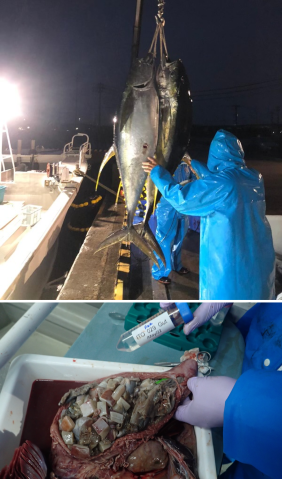
The samples, which were taken from the tuna’s stomach and other organs, were then brought to Prof. Luscombe’s lab, where Dr. Phan and OIST PhD student Callum Hudson are working to detect the type and quantity of microplastics.
“It’s tedious and painstaking work,” said Dr. Phan. “Microplastics research in animals tend to focus on larger microplastics, and only identifies a small number of microplastics. Our technique allows us to detect much smaller particles, a thousandth of a millimeter in size, and identify a larger quantity of particles as well as different types of plastics that are often overlooked.”
Their research relies on a powerful chemical analysis technique called Raman microspectroscopy, which provides detailed information about the chemical structure of a material based on how light scatters when interacting with the substance. When the light scatters, a Raman spectrum is created which features a pattern of peaks showing the intensity and wavelength position of the scattered light. Each substance has its own unique Raman spectrum ‘molecular fingerprint’ that help researchers pinpoint the identity of plastics.
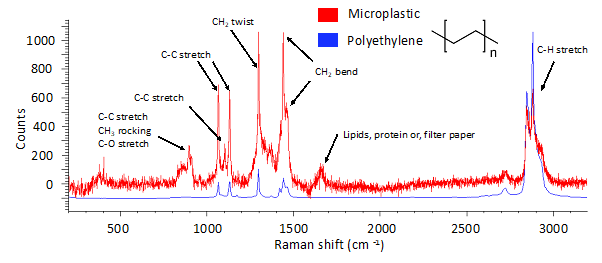
But, Dr. Phan explained, matching these molecular fingerprints to a specific material is not always simple. “Raman spectral libraries don’t account for every plastic made. Plastics also change in the environment – they can degrade, collect biofilm, and leach chemicals into the water. This means that certain peaks might appear or disappear, requiring expert analysis to identify the material.”
The team has recently been exploring different ways to improve the process of analyzing microplastics. At the end of September, the team received a state-of-the-art infrared microspectrometer, which allows a second technique to be used alongside Raman spectroscopy to potentially identify more types of microplastics.
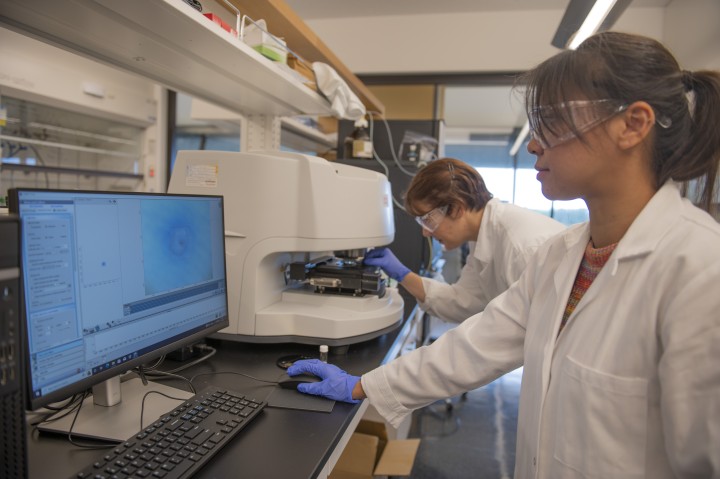
The team is also testing whether artificial intelligence (AI) can help aid in microplastic analysis. So far, their AI model successfully identifies a particle from a microscope image and explores the potential of distinguishing microplastic and non-microplastics, but it has not yet been able to identify the type of microplastic or where it might have originated from.
“That’s still an ongoing project for me,” said Dr. Phan. “It’s slow progress, but it’s important for understanding the impact of plastic on the ocean ecosystems here in Okinawa and how the global microplastic problem can be addressed.”
Research Unit
For press enquiries:
Press Inquiry Form










